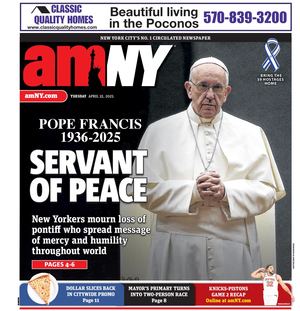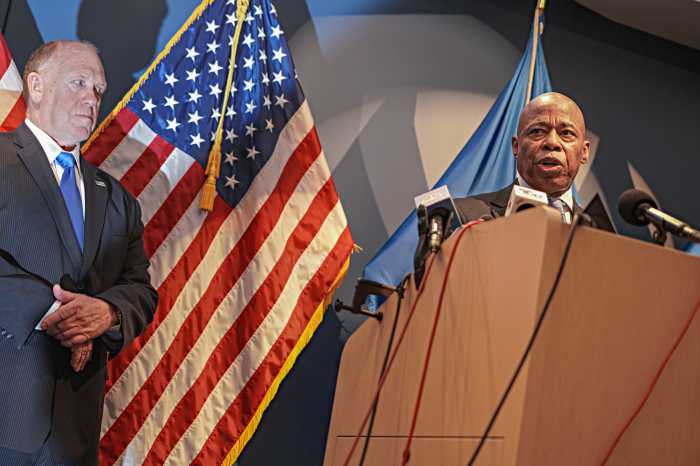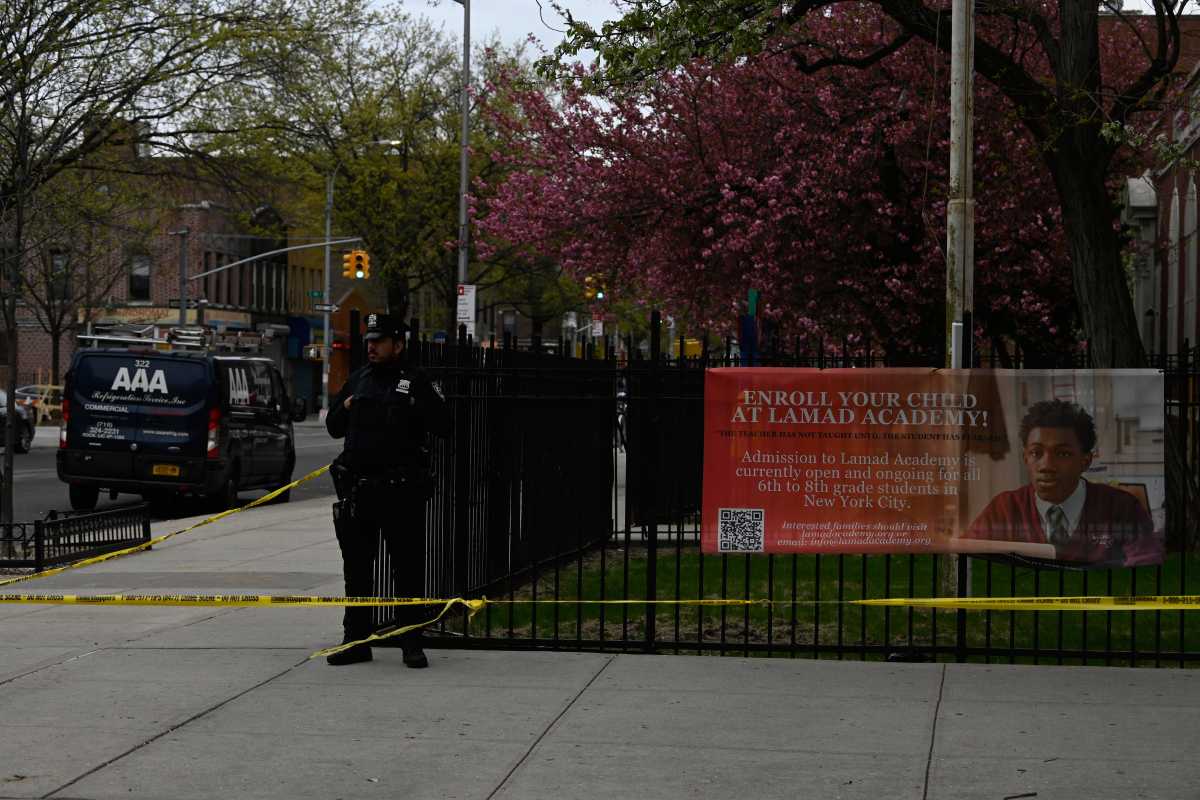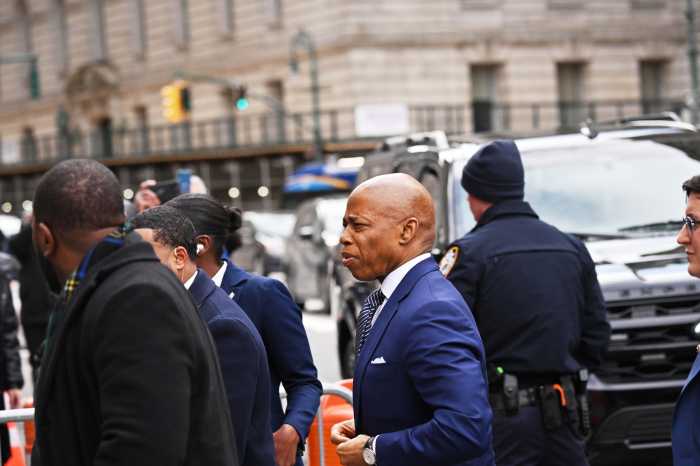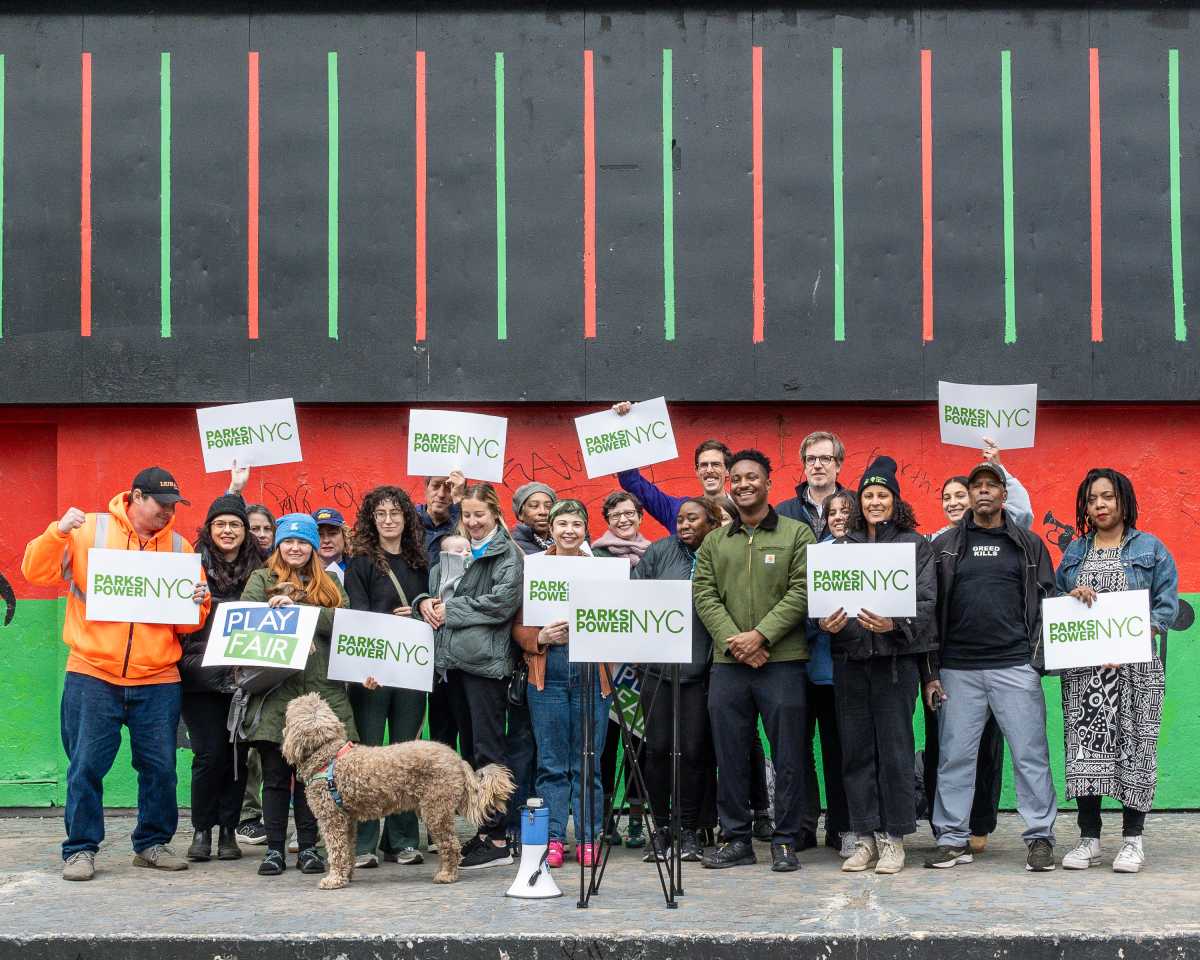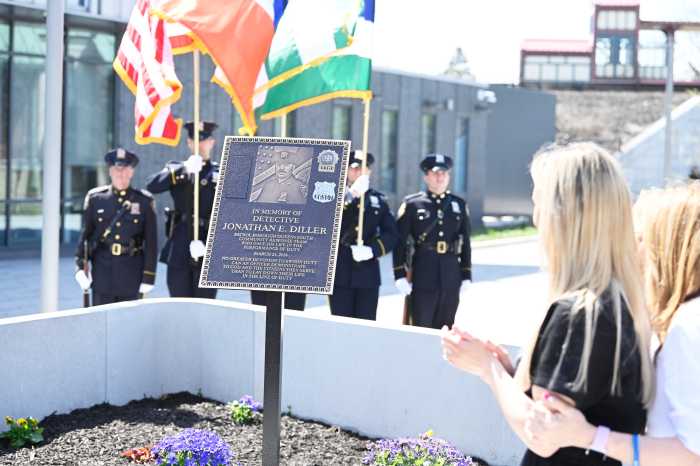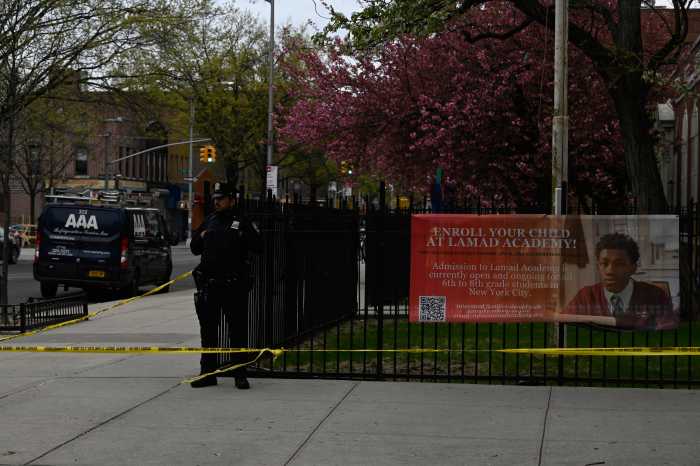UPDATED WITH CORRECTION
BY KAITLYN MEADE | Three months after Community Board 1 Chairperson Catherine McVay Hughes made a surprise announcement to close a few committees, some are still upset by the decision.
Diane Stein, a public member of C.B. 1 who participated in the Housing Committee, said she felt that housing was being treated like “a stepchild,” passed off to one committee or another over the years.
“From my perspective, it just seems like the process was confusing or perplexing,” Stein said at the board’s Executive Committee meeting Feb. 20. “There didn’t seem to be any discussion; it just seemed like, ‘Oh, the committee’s been disbanded,’ the members of the committee didn’t receive a reason at the time.”
Hughes appointed Anthony Notaro and Michael Connolly, Board 1 Executive Committee members, to look into the issue after Borough President Scott Stringer requested the board consider the matter further.
“Let’s be clear about one thing,” said Connolly, “The authority for establishing and appointing members to committees is solely with the chair. That’s clear from the charter, that’s clear from what the Manhattan borough president’s office said.”
Stringer, who appoints all Manhattan community board members, confirmed that he had asked Hughes to take another look at shuttering some of the committees.
“I think it’s important we have those committees,” he told Downtown Express a few weeks ago. “I believe the chair [Hughes] will work collaboratively with the others to get a good result.”
At a February meeting of Downtown Independent Democrats, Jean Grillo, a public member of Board 1, thanked Stringer for his support of the housing committee. Grillo later said that there were ongoing discussions about creating a separate entity to deal with housing.
“If Ms. Hughes thinks there are too many committees and that attendance is hurt because full board members have so many others committees to go to, then call us something else, and don’t force us to meet every month. Fine with me. But keep our group together. Let us work on our key issues: Affordable housing and seniors and let us meet when we need to meet, then let us report to the Executive Committee,” Grillo said in a recent email to Downtown Express.
Hughes has not said much during two board discussions of her decisions, and she declined to comment for this article.
When she made the announcement in a Dec. 20 email to board members, she wrote, “As you all know, we have limited resources to deal with an incredibly high volume of activities, and as a consequence, I believe we have to streamline our committees to maximize the efficiency of these resources.”
The Waterfront Committee was dissolved and its responsibilities divided into geographic committees, while Housing was funneled into the Planning Committee and its senior issues handled by Quality of Life. World Trade Center concerns were also given to Planning.
C.B. 1 includes more neighborhoods than most boards in the city and as a result, has more geographic committees: Tribeca, Battery Park City, Seaport/Civic Center and the Financial District.
Notaro said the board also had more committee meetings and actions than others in Manhattan. “The point is, this staff is working like crazy,” he said. Even after the streamlining, Notaro said that C.B.1 still has the highest number of meetings per month in Manhattan.
The only official change announced before the full board was the closing of the Arts and Entertainment Committee, which was headed by Harold Reed, who passed away in January.
But at the Executive Committee meeting, Notaro also suggested eliminating the Battery Park City Community Center task force, which has been the main group dealing with Asphalt Green’s long-overdue recreation center.
“The only thing that [the task force] needs to finalize is, I hate to say it, the M.O.U. [Memorandum of Understanding] that is still outstanding with the authority,” he said. “Which is just an update of our existing 2001 M.O.U. But that work can be done elsewhere.”
One suggestion for recreation concerns was the creation of a task force or committee dedicated to parks and recreation. Peter Braus, chair of the Tribeca Committee, opened the discussion with his concern for the defunct ball fields task force.
“I do think the ball fields task force was eliminated prematurely. I think that was vividly illustrated by what happened with the ball fields and Sandy. If we’d had a task force that could have jumped on that, we could have been even more effective. The lack of green space in the neighborhood is acute,” he said.
While Tricia Joyce’s Youth and Education committee took on the Battery Park City ball fields after Sandy along with Mark Costello of Downtown Little League, Joyce said that it was “way too much for any of these committees to take on.” She also had similar concerns about the Waterfront Committee.
“One or the other,” she said, referring to the reinstatement of a committee or task force dedicated to park space.
Jeff Galloway, chair of the Planning Committee, also supported the idea but again reminded members that the decision fell to Hughes; all they could do was make a recommendation. “One reason you elect a chair is that you have trust in the chair to make those decisions,” he said.
Tom Goodkind, former chairperson of the Housing Committee, however, thought there was not enough discussion.
“I happen to believe in shared decision making and I happen to believe in shared consultations,” he said.
“Whether or not it’s the decision of all the members, I think it would be a very generous approach to consult them.”
At the Executive Committee meeting, Notaro encouraged those who wanted to be involved in housing to join the planning committee, noting that only one former Housing member, Adam Malitz, had joined so far.
With Reporting by Josh Rogers
CORRECTION: The original version of this article incorrectly attributed opening remarks to Diane Lapson. Those comments were in fact made by Diane Stein.
